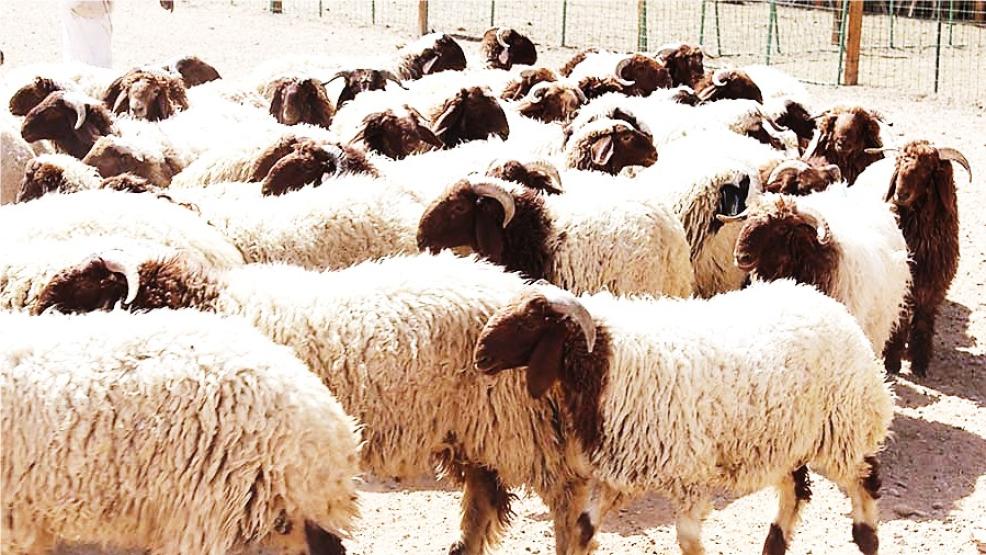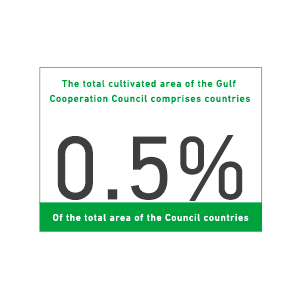The Sheep Slaughterhouse project aims to establish a dedicated facility for the slaughter and sale of sheep. This undertaking involves multiple stages, including slaughtering, skinning, meat cutting, and packaging for immediate sale in markets or supply to frozen meat packaging factories. Mashroo3k for Economic Consulting underscores the economic viability of the project, citing factors such as limited competition, rising demand, product diversity, and export potential.

The Sheep Slaughterhouse project aims to establish a dedicated facility for the slaughter and sale of sheep. This undertaking involves multiple stages, including slaughtering, skinning, meat cutting, and packaging for immediate sale in markets or supply to frozen meat packaging factories. Mashroo3k for Economic Consulting underscores the economic viability of the project, citing factors such as limited competition, rising demand, product diversity, and export potential.
Mashroo3k for Economic Consulting is pleased to offer specialized services to investors considering investment in a Sheep Slaughterhouse, encompassing a thorough assessment of the project’s economic viability and implementation strategy. Our comprehensive and integrated services cover all aspects of the project, including marketing, technical, financial, and administrative considerations. Leveraging our vast database, we analyze market indicators and forecast future requirements.



Executive Summary
Project Service/Product Study
Market Size Study
Study of Risks

The Agricultural Production in the GCC Countries
The Agricultural Sector undeniably plays a crucial role in global economies, serving as a foundation for attaining self-reliance and guaranteeing food security. Beyond supporting livelihoods, it serves as a significant driver in reducing unemployment and combating poverty. Moreover, it serves as the primary supplier of essential raw materials for numerous manufacturing industries. Approximately 935.6 million individuals are employed in this pivotal sector, constituting 28.3% of the global workforce.
According to the latest statistics, the quantity of agricultural production in the GCC countries is estimated at around 8.7 million tons of various agricultural crops. It is noteworthy that the Kingdom of Saudi Arabia alone contributes with 60.5% to the Gulf plant production, followed by the Sultanate of Oman with approximately
The Global Sector of Agricultural Production
Over the past 20 years, the value added to agriculture has increased by 73% to reach USD 3.5 trillion.
Agriculture accounts for 4% of the global GDP.
There are 874 million workers in the agriculture sector, representing approximately 27% of the global workforce.
The total global agricultural land area is estimated at 4.8 billion hectares, divided into (3.2 billion hectares of meadows and pastures, and 1.6 billion hectares of crops).
The total global production of primary crops is 9.4 billion tons.
The total global production of red and white meat is 337 million tons.
The total global production of fruits is 883 million tons.
The total global production of vegetables is 1128 million tons.
The total global production of vegetable oil is 201 million tons.
The total global production of dairy is 883 million tons.
The total global production of eggs is 83 million tons.

According to the United Nations Food and Agriculture Organization (FAO), global hunger is on the rise, with the number of malnourished individuals reaching 770 million. While this figure is alarming, there is optimism that agriculture can contribute to its reduction. However, it’s concerning to note that agricultural land worldwide decreased by 127 million hectares between 2000 and 2019, roughly equivalent to the size of Niger state, and forest area declined by 94 million hectares during the same period, approximately equivalent to the size of the United Republic of Tanzania. These statistics are unsettling, particularly considering the continuous growth of the global population. In light of this, “Mashroo3k” Company advocates for investments within the agricultural sector, aiming to align with the increasing demand for food.